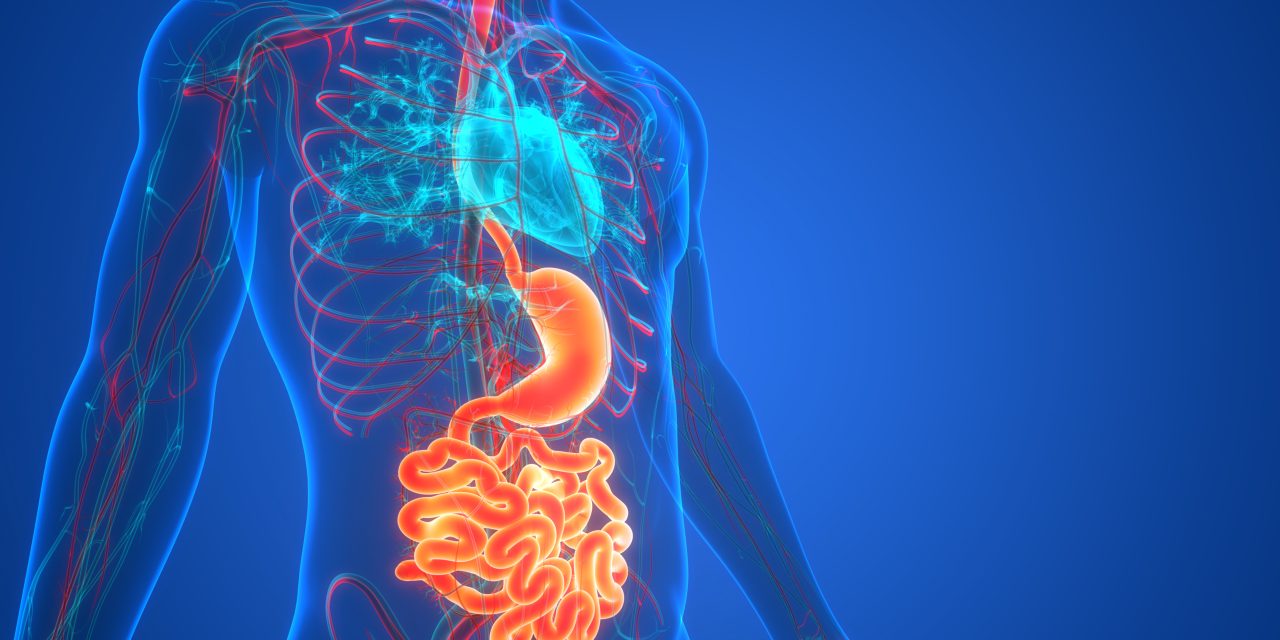There is less acid burden in Chinese gastroesophageal reflux disease (GERD) patients. However, the Lyon consensus proposed a higher threshold of acid exposure time (AET > 6%) for GERD. The aims are to apply the updated criteria in Chinese GERD patients and clarify its influence on clinical outcome.
Patients who were referred for both esophageal high-resolution manometry and 24-hour esophageal pH monitoring due to reflux symptoms were retrospectively screened. Those patients with AET > 4% was included and grouped into either AET 4-6% or AET > 6%. Their manometric profile, reflux profile, and response to proton pump inhibitors (PPIs) were evaluated. Adjunctive evidence proposed in the Lyon consensus was added in patients with AET 4-6% for therapeutic gain. Another group of patients (n = 144) with AET < 4% were included as non-GERD patients.
In total, 151 patients (102 males) were included with 113 patients AET > 6% (74.9%). GERD patients with AET > 4% were with more male, older patients, and higher body mass index compared with non-GERD patients. Meanwhile, GERD patients were less competent in esophagogastric junction pressure. However, the manometric and reflux profile were similar between patients with AET > 6% and 4-6%. The response rate of PPI therapy was 64.6% and 63.2%, respectively, in groups of AET > 6% and 4-6% (P > 0.05). When adjunctive evidence was added in patients with AET 4-6%, no therapeutic gain was obtained.
The efficacy of PPI therapy was similar in patients with AET > 6% and 4-6%. The increase of the AET threshold did not influence the clinical outcome of Chinese GERD patients.
Acid Exposure Time > 6% Might Not Improve the Therapeutic Outcome in Chinese Gastroesophageal Reflux Disease Patients.


